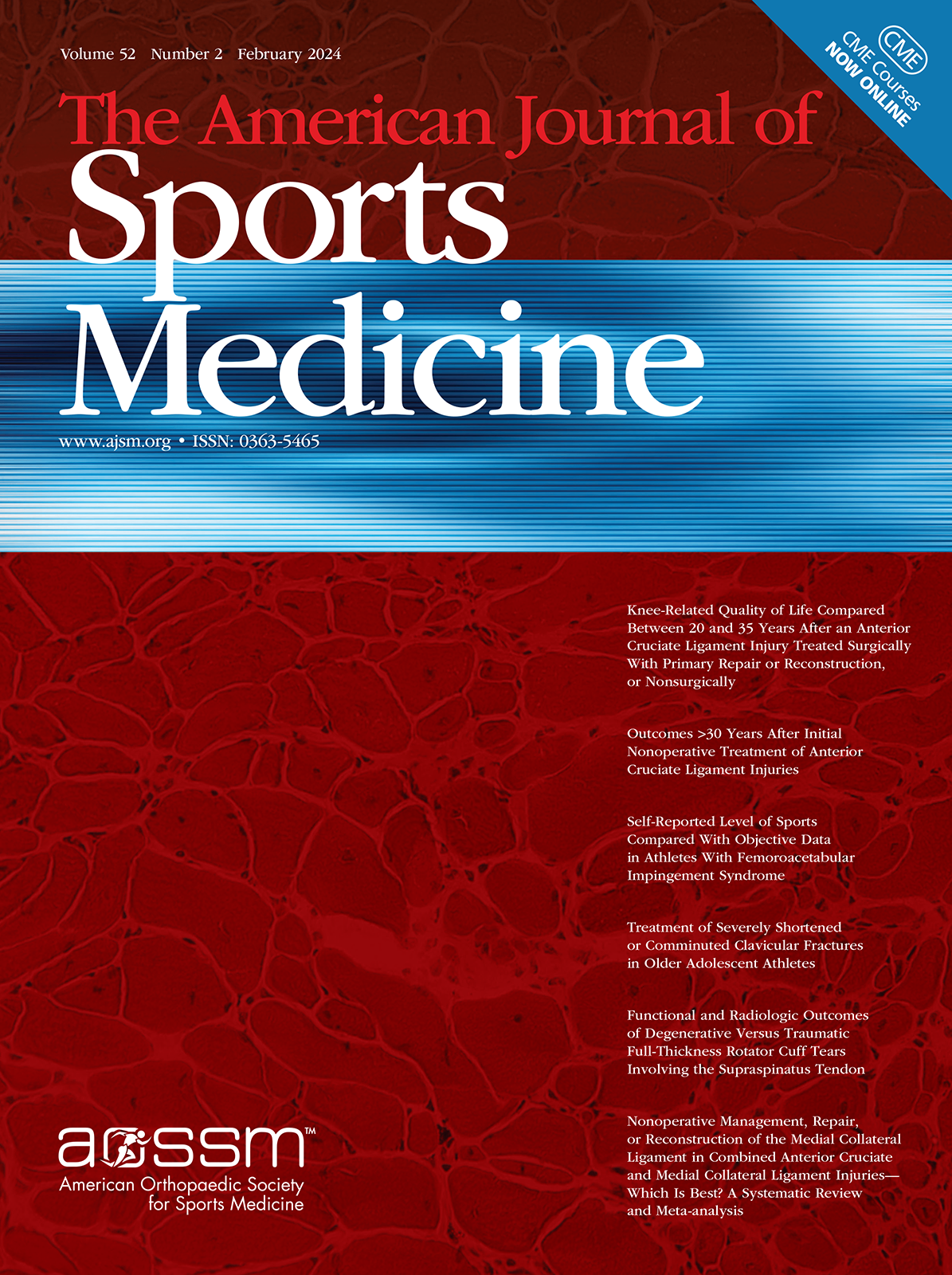
PRP does not improve healing or functional outcome in Achilles tendon rupture

PRP does not improve healing or functional outcome in Achilles tendon rupture
Autologous platelets have no effect on the healing of human achilles tendon ruptures: a randomized single-blind study
Am J Sports Med. 2011 Jan;39(1):38-47. doi: 10.1177/0363546510383515. Epub 2010 Nov 3.Did you know you're eligible to earn 0.5 CME credits for reading this report? Click Here
OE EXCLUSIVE
Dr. Per Aspenberg discusses PRP as an adjunctive treatment for acute Achilles tendon ruptures.
Synopsis
30 patients presenting with an acute Achilles tendon rupture were included in this randomized trial to investigate the effects of platelet-rich-plasma (PRP) in tendon healing. Patients were randomized to receive 10 ml of autologous PRP injected through a cannula into the rupture site following repair or repair with no additional treatment. Mechanical (E-modulus) and functional (heel raising index) outcomes were measured over a one year period. There were no differences in mechanical outcomes between the groups over the 1 year period, and both groups exhibited significant functional deficits compared to the uninjured limb.
Was the allocation sequence adequately generated?
Was allocation adequately concealed?
Blinding Treatment Providers: Was knowledge of the allocated interventions adequately prevented?
Blinding Outcome Assessors: Was knowledge of the allocated interventions adequately prevented?
Blinding Patients: Was knowledge of the allocated interventions adequately prevented?
Was loss to follow-up (missing outcome data) infrequent?
Are reports of the study free of suggestion of selective outcome reporting?
Were outcomes objective, patient-important and assessed in a manner to limit bias (ie. duplicate assessors, Independent assessors)?
Was the sample size sufficiently large to assure a balance of prognosis and sufficiently large number of outcome events?
Was investigator expertise/experience with both treatment and control techniques likely the same (ie.were criteria for surgeon participation/expertise provided)?
Yes = 1
Uncertain = 0.5
Not Relevant = 0
No = 0
The Reporting Criteria Assessment evaluates the transparency with which authors report the methodological and trial characteristics of the trial within the publication. The assessment is divided into five categories which are presented below.
3/4
Randomization
4/4
Outcome Measurements
4/4
Inclusion / Exclusion
4/4
Therapy Description
3/4
Statistics
Detsky AS, Naylor CD, O'Rourke K, McGeer AJ, L'Abbé KA. J Clin Epidemiol. 1992;45:255-65
The Fragility Index is a tool that aids in the interpretation of significant findings, providing a measure of strength for a result. The Fragility Index represents the number of consecutive events that need to be added to a dichotomous outcome to make the finding no longer significant. A small number represents a weaker finding and a large number represents a stronger finding.
Why was this study needed now?
Rehabilitation following Achilles tendon rupture is a long and arduous process which is limited by the time required for the tendon the fully heal. A number of treatments have been developed in an attempt to expedite this healing and improve both functional and clinical outcomes. Platelet-Rich Plasma may be a promising possible treatment, having demonstrated an ability to increase fibrous tissue growth, tissue vascularity and improve tendon strength in animal models and retrospective clinical trials.
What was the principal research question?
Did the use of Platelet-Rich-Plasma improve tendon healing in patients with an acute rupture of the Achilles tendon compared to controls assessed at different time points over a 52 week period?
What were the important findings?
- There were no significant different in mechanical properties (E-modulus or transverse area) at any time point (7, 19 or 52 weeks) between the PRP or control groups (p>0.05).
- At 6 months there were significant deficits in function in the injured limb compared to the uninjured limb. These deficits were greatest in the more demanding tasks such as heal raising compare to range of motion. At 12 months there were still significant deficits in all functional outcomes except for peak force during toe-off in gait and vertical jumping.
- Functional outcome at 12 months measured using the heel raise index was not significantly different between the PRP and control group.
- Achilles Tendon Total Rupture Score was lower at 12 months for the PRP group (78; 75-85) compared to the controls (89; 83-92) (p=0.014)
- One patient in the PRP group had a re-rupture, no patients in the control group had re-ruptures.
What should I remember most?
There were no benefits in the use of Platelet-Rich-Plasma following operative treatment of acute Achilles tendon ruptures. Patients demonstrated similar mechanical outcomes (E-modulus and transverse area) at all time points up to one year. Additionally, both groups demonstrated a significant deficit in functional ability measured using heel raise index compared to the uninjured limb at 6 and 12 months, while failing to exhibit any differences between groups. Achilles Tendon Total Rupture Score was the only functional measure that demonstrated a difference between groups at 12 months; this measure favoured the control group.
How will this affect the care of my patients?
The results from this study do not indicate any substantial benefit of the use of PRP in Achilles tendon healing following operative repair of an acute tendon rupture. The use of PRP may possibly have a negative effect on functional outcomes at 1 year. A major strength of this study was the use of objective measures of healing. Therefore, future research studies using larger sample sizes (along with the same objective assessments of healing) are required to definitively determine the effect of PRP in healing acute Achillies tendon ruptures.
Learn about our AI Driven
High Impact Search Feature
Our AI driven High Impact metric calculates the impact an article will have by considering both the publishing journal and the content of the article itself. Built using the latest advances in natural language processing, OE High Impact predicts an article’s future number of citations better than impact factor alone.
Continue



 LOGIN
LOGIN

Join the Conversation
Please Login or Join to leave comments.